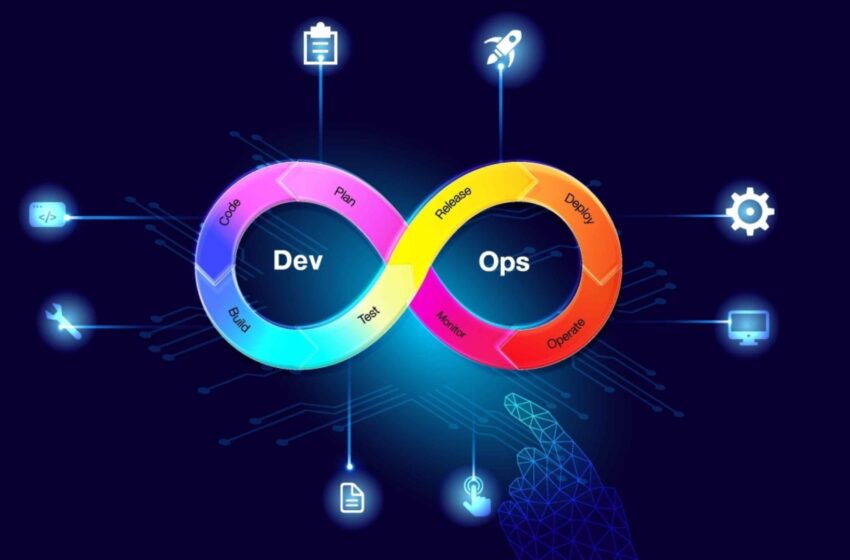Unveiling the Secrets in a Sea of Information
In today’s digital age, data reigns supreme. Every click, swipe, purchase, social media post, and even your commute leaves a digital footprint. This ever-growing ocean of information is what we call data. But it’s not just the sheer volume that matters. It comes in a vast array of formats – structured like financial records, semi-structured like social media posts, and unstructured like images and emails. Additionally, the speed at which this information is generated, known as velocity, is crucial.
Traditional methods struggle to sift through massive volumes of customer data. This is where data analysis steps in, unlocking hidden buying habits by meticulously examining vast datasets.
Real-World Examples: Data in Action
Let’s delve into specific examples of how various industries leverage data analysis:
- Retail: It empowers retailers to understand customer preferences, predict product demand, and optimize inventory management. Imagine a store analyzing purchase history and social media activity to identify trends and personalize product recommendations for each customer. This translates to increased sales and a more satisfying shopping experience.
- Healthcare: By analyzing medical records, genetic information, and sensor information from wearable devices, healthcare professionals gain valuable insights into patient health. This can lead to earlier disease detection, more targeted treatment plans, and improved overall patient outcomes. Analysis can help identify high-risk patients for a specific disease, allowing for early intervention and preventive measures.
- Finance: Financial institutions leverage information analysis to detect fraudulent transactions, assess creditworthiness, and personalize financial products for individual customers. Imagine a bank using information analysis to examine customer spending habits and offer targeted investment options or loan products tailored to their specific financial needs.
- Manufacturing: Data empowers manufacturers to optimize production processes, predict equipment failures, and improve product quality. Imagine factory sensors predicting machine problems, preventing costly downtime and ensuring consistent product quality.
The Power of Information Analysis: Unlocking Hidden Insights
It empowers us to make better decisions by extracting valuable insights from the information we collect. Here’s how:
- Unveiling Hidden Relationships: It unlocks previously unseen patterns and correlations, exceeding the capabilities of traditional methods. Imagine a grocery store discovering that customers who buy peanut butter are also likely to purchase jelly. This insight can be used to optimize product placement and boost sales.
- Real-time Decision Making: It enables real-time analysis. Imagine a city using traffic sensor data to dynamically adjust traffic lights and optimize traffic flow during rush hour, significantly reducing congestion and improving commutes for everyone.
- Predictive Analytics: Information analysis empowers us to predict future events by analyzing historical data and current trends. This allows businesses to be more proactive and make informed decisions. For example, an online retailer might use information analysis to predict demand for specific products during peak seasons, ensuring they have adequate stock on hand and avoid stockouts.
Challenges and the Future: A Look Ahead
Harnessing the power of data analysis isn’t without its hurdles:
- Data Deluge: Storing and managing massive datasets requires robust infrastructure and specialized tools. It’s like trying to organize a library with millions of books! Cloud-based storage solutions are becoming increasingly important to address this challenge.
- Security Concerns: Protecting sensitive information within datasets is crucial. Data breaches can have devastating consequences, so robust security measures are essential to ensure information privacy.
- The Skill Gap: Extracting meaningful insights from data requires a unique skillset. Data scientists and analysts are in high demand to unlock the true potential of information analysis. To address this gap, educational institutions are offering data science programs, and businesses are investing in training their workforce in data analysis skills.
The future of data analysis is bright. As technology advances, we can expect to see:
- AI and Machine Learning as Power Tools: AI and machine learning algorithms will play an even bigger role in analyzing and extracting valuable insights. Imagine AI sifting through mountains of data to identify new business opportunities or predict customer behavior.
- Cloud Computing to the Rescue: Cloud-based storage and processing solutions will make data analysis more accessible to businesses of all sizes. No longer will you need a server farm to analyze information!
- The Rise of the “Internet of Things” (IoT): With billions of connected devices generating data, It will be essential for managing and deriving insights from this vast ecosystem.
By embracing information analysis, we can unlock the secrets hidden in a sea of information, leading to a future brimming with innovation and progress.



